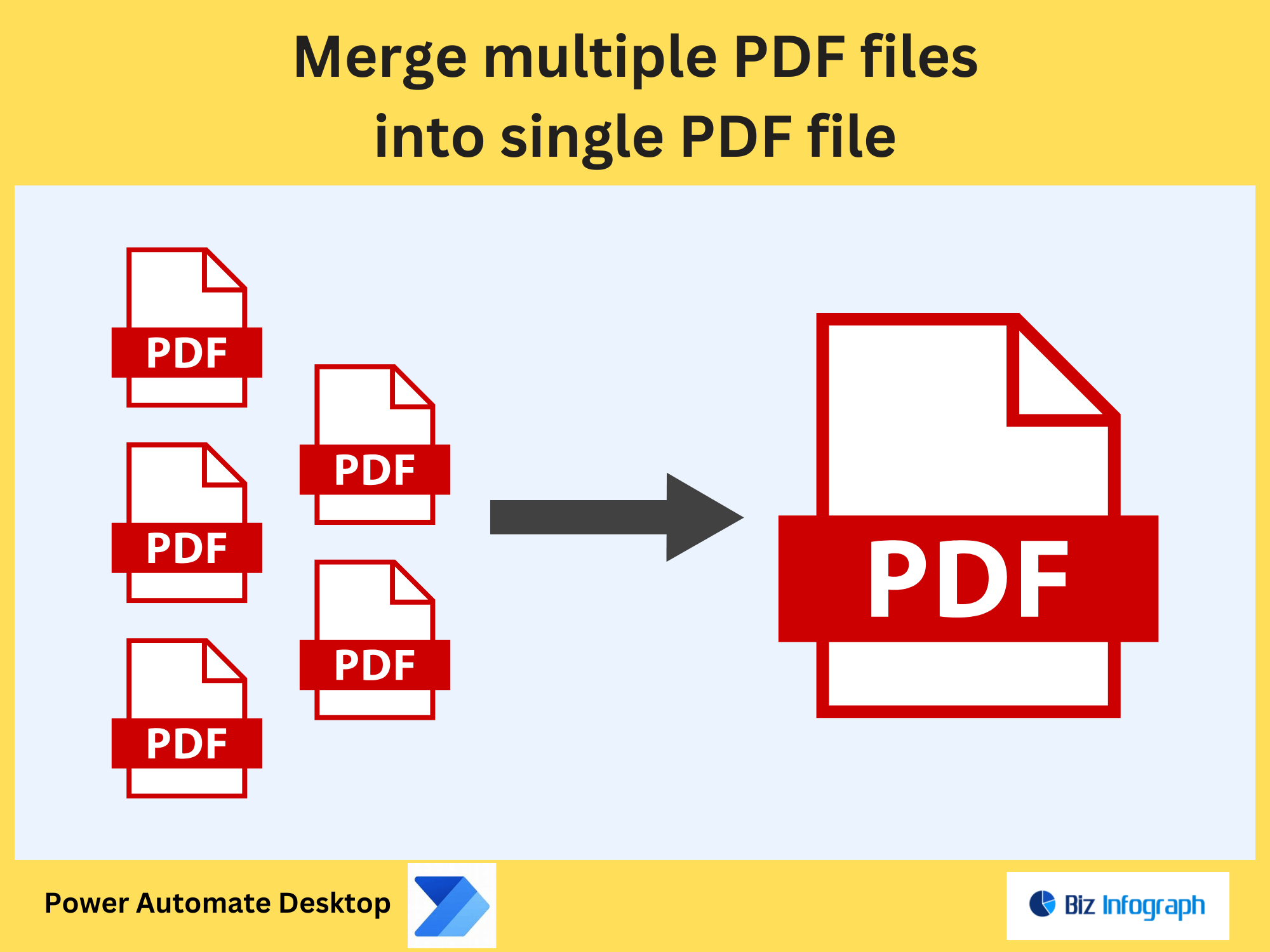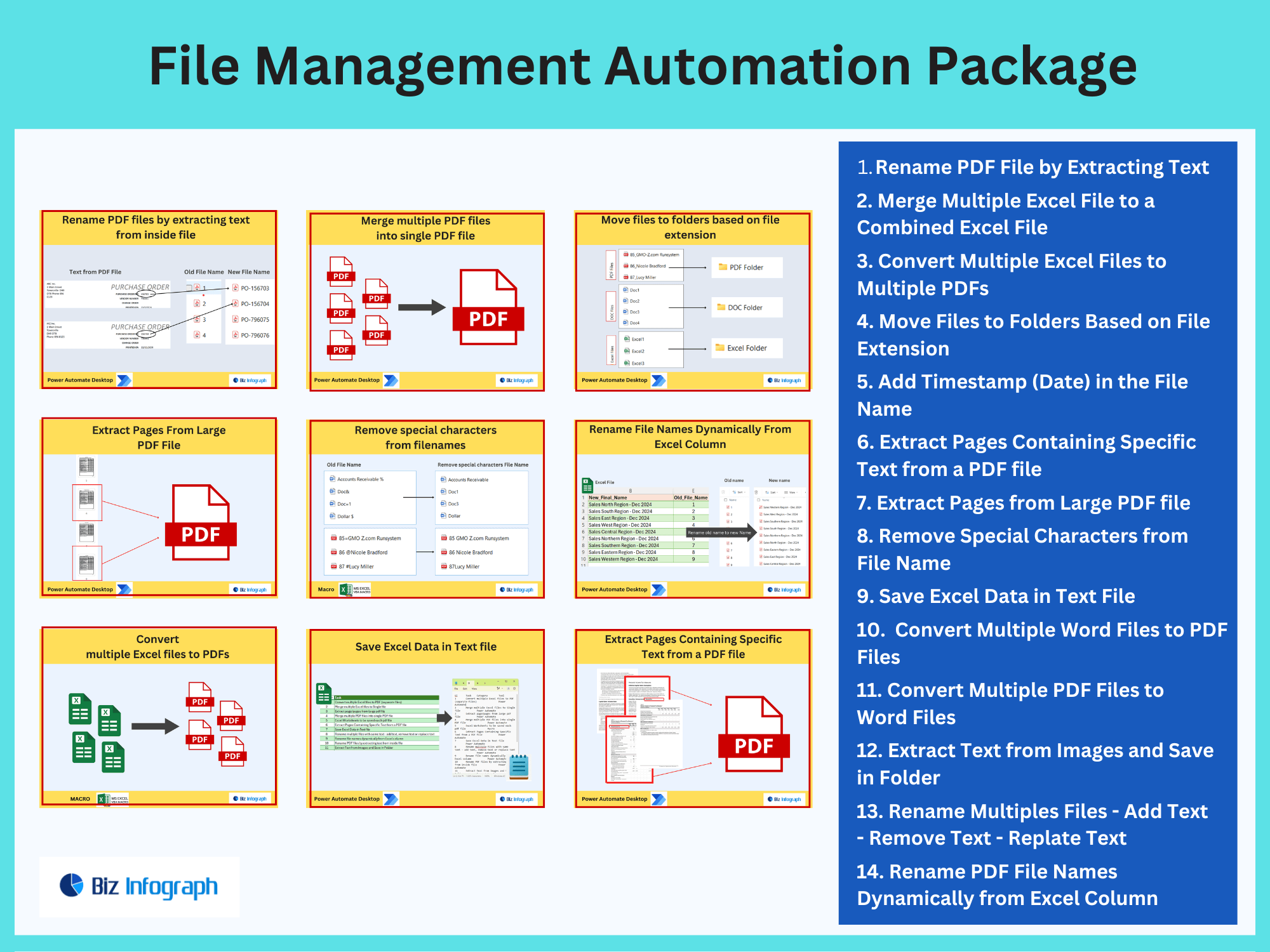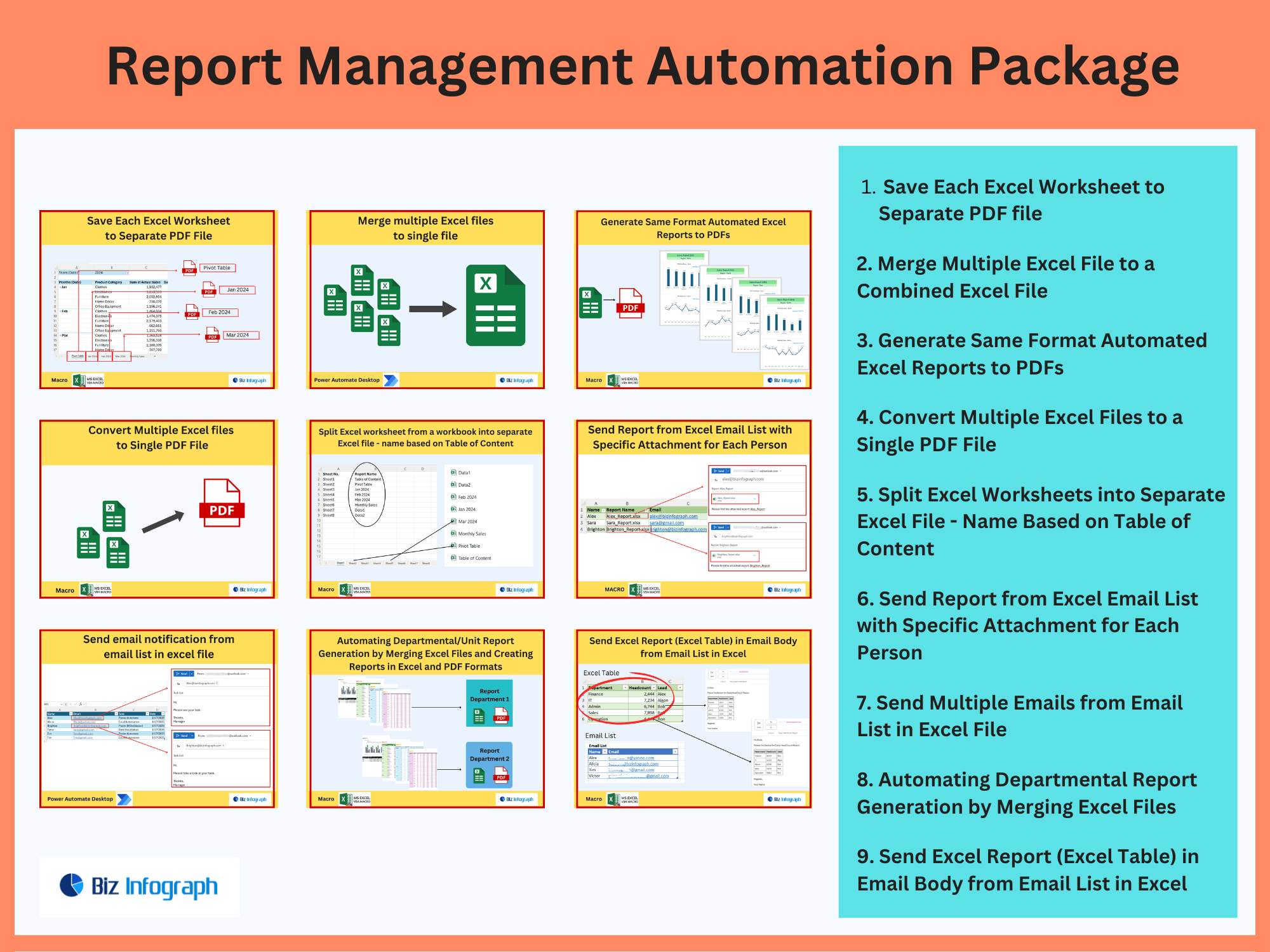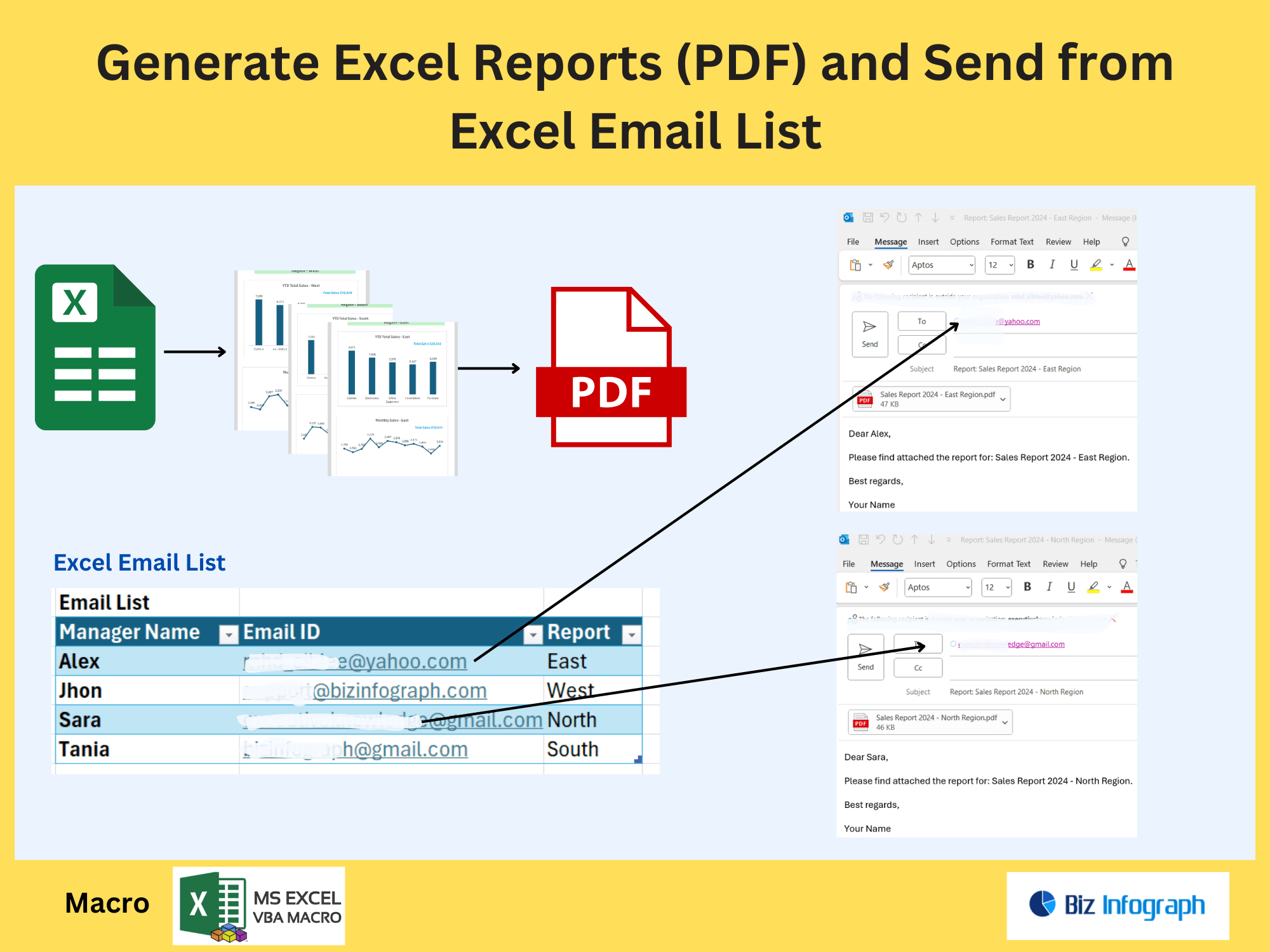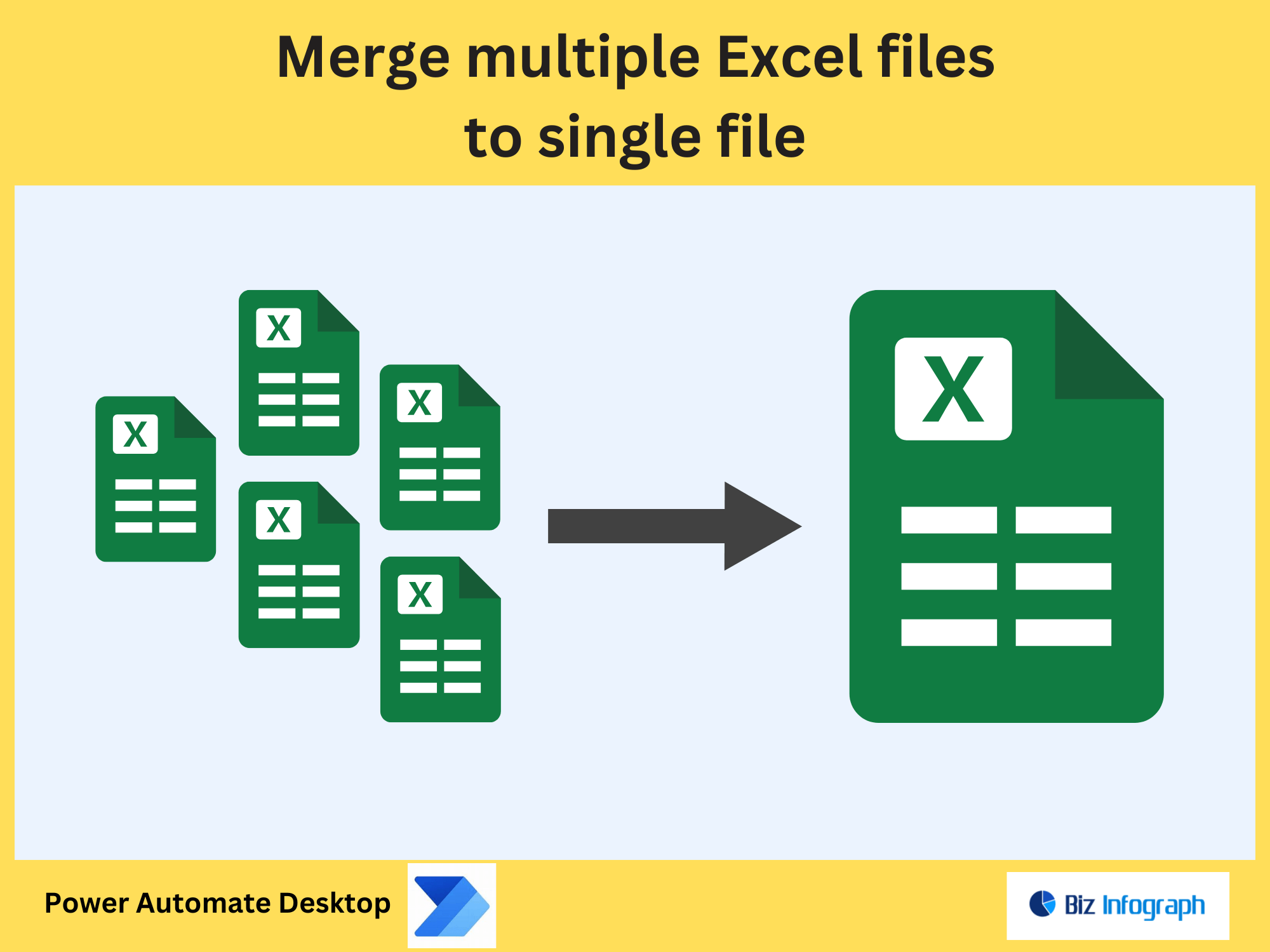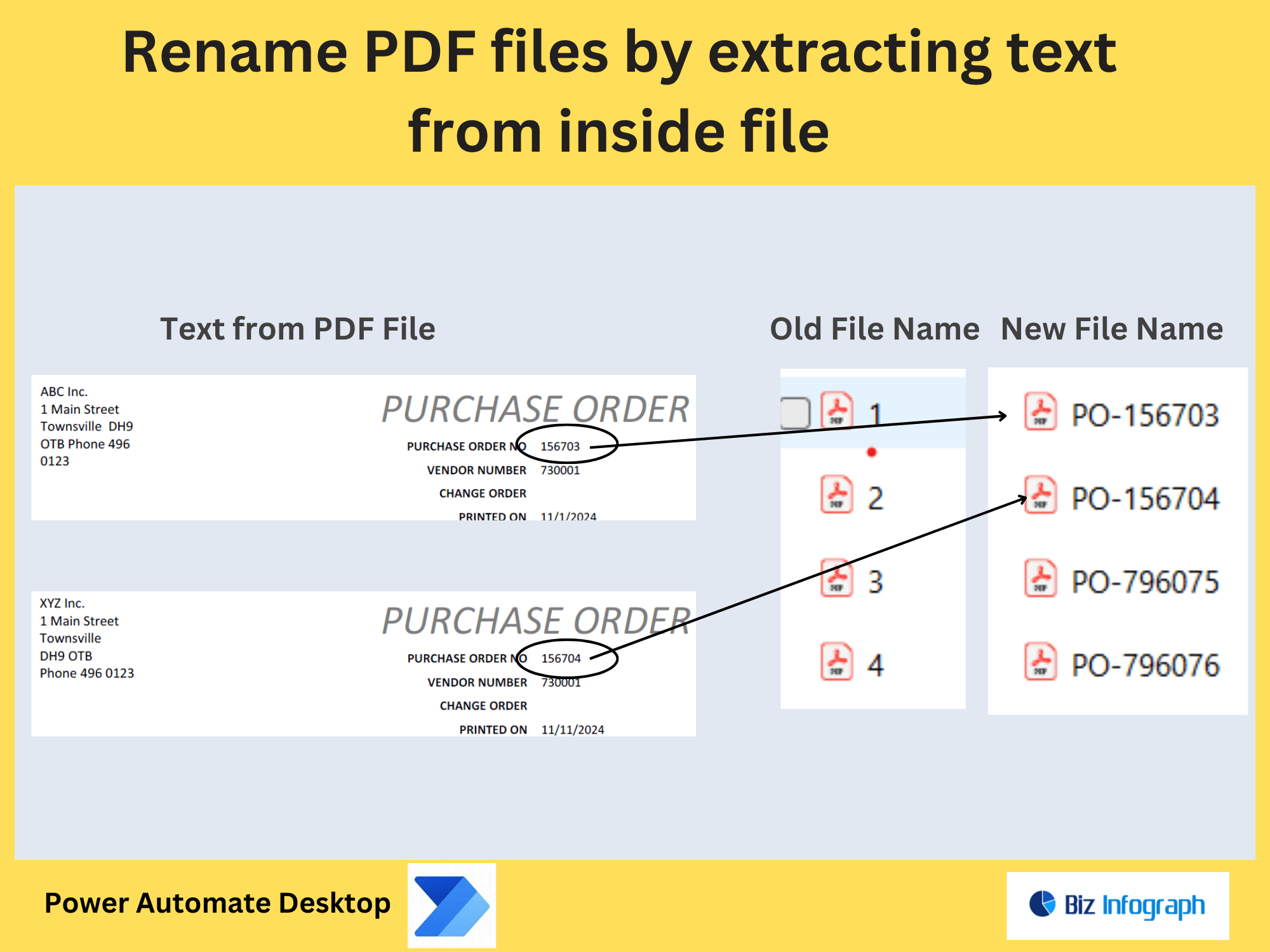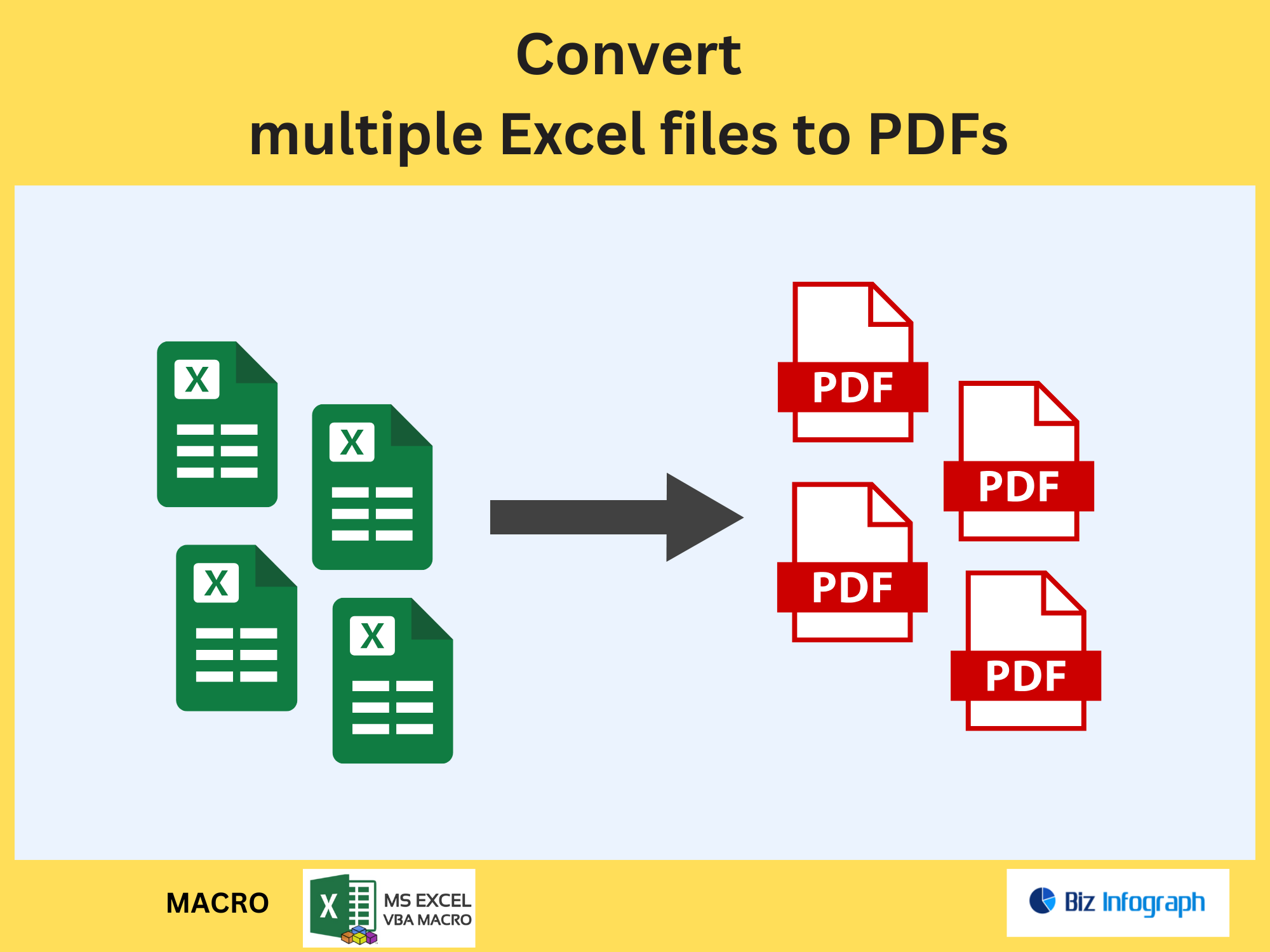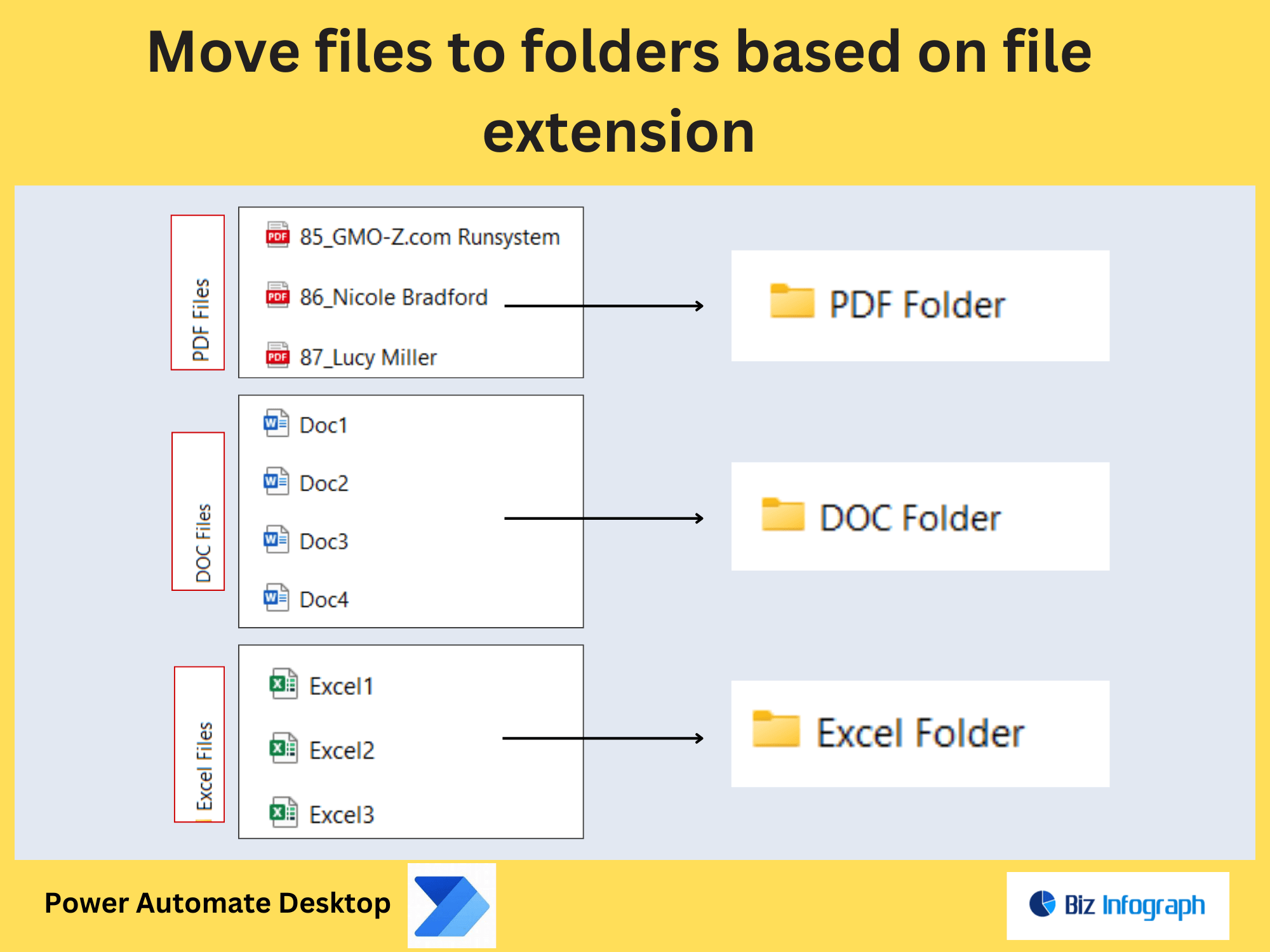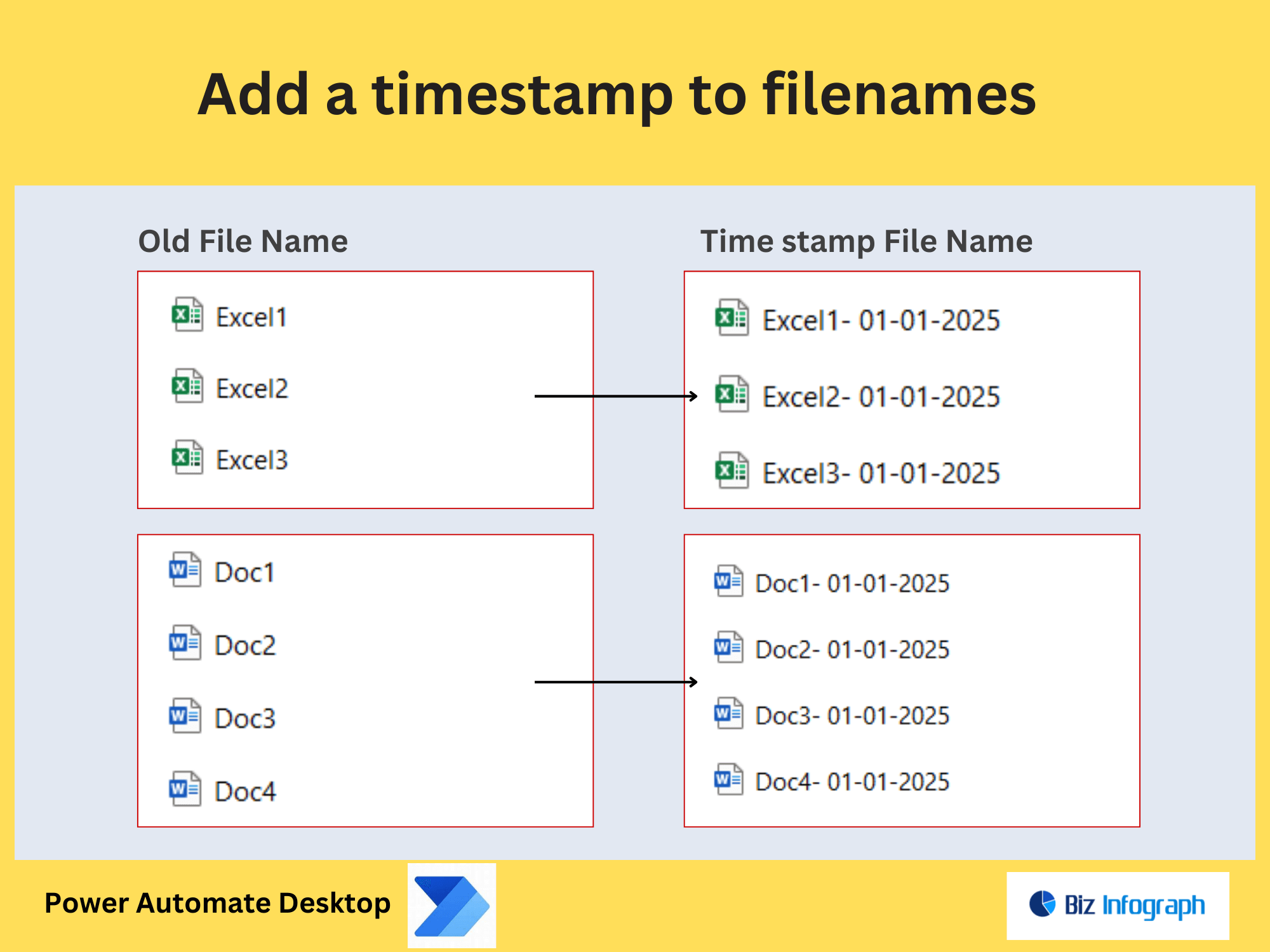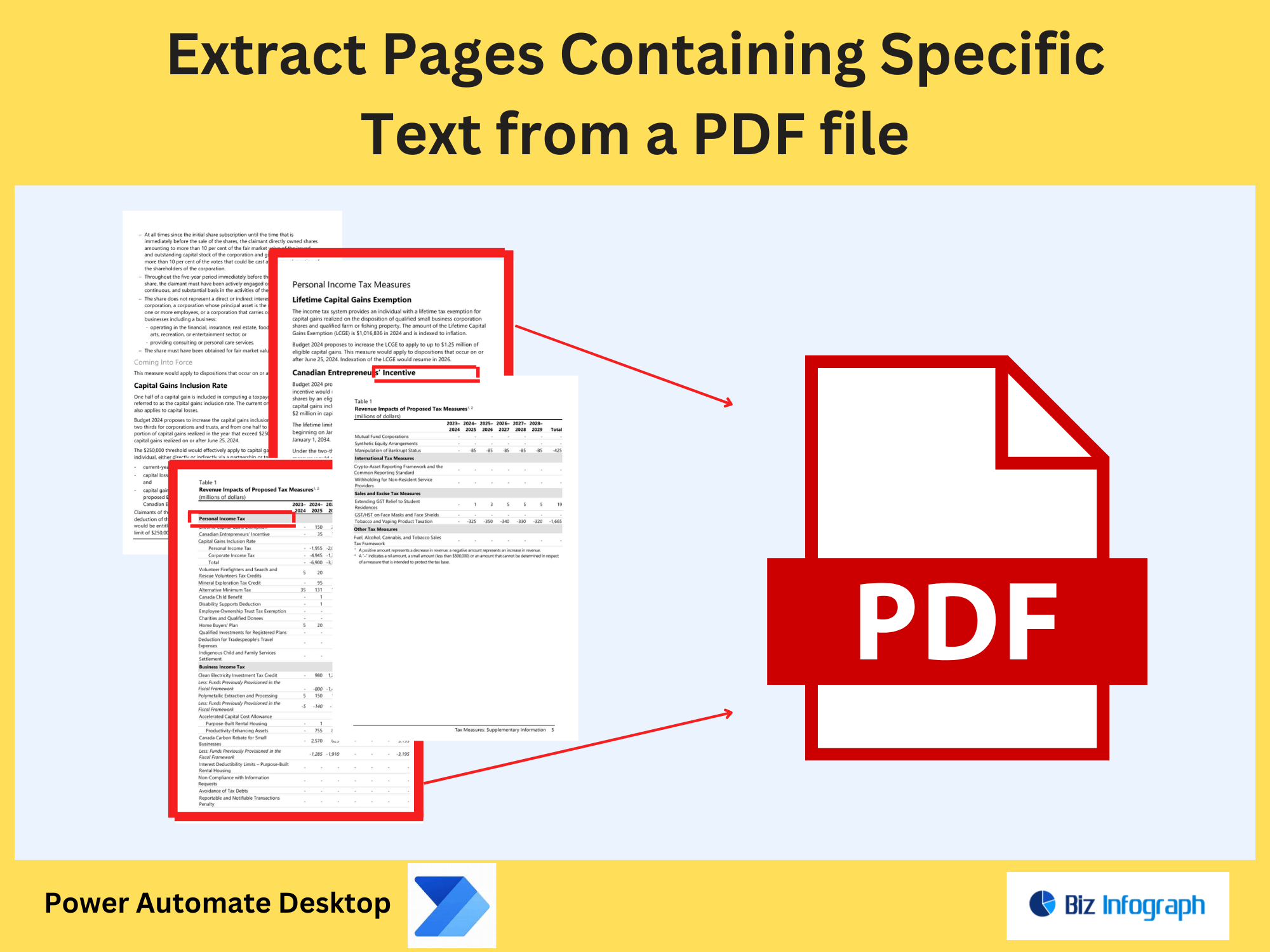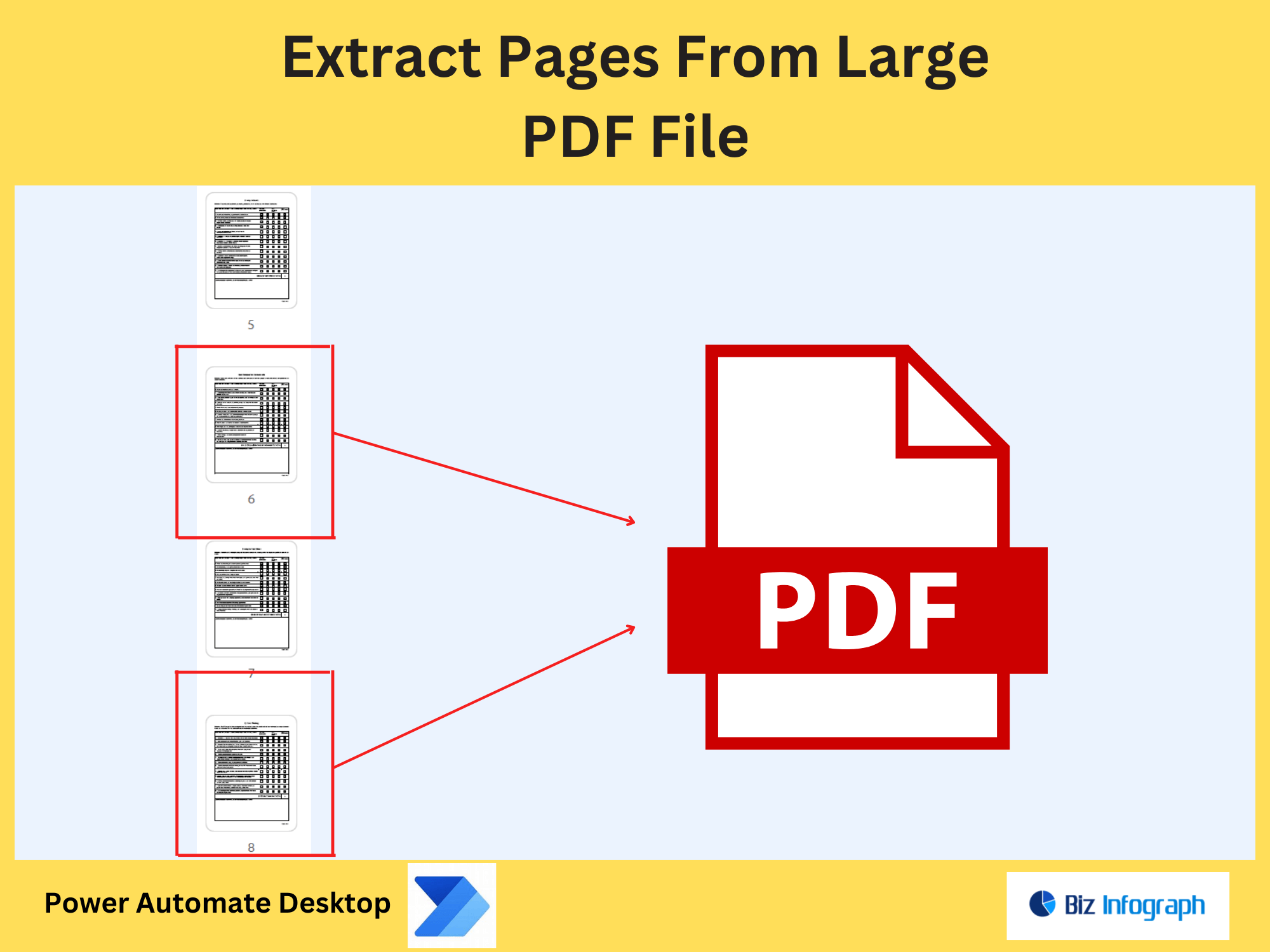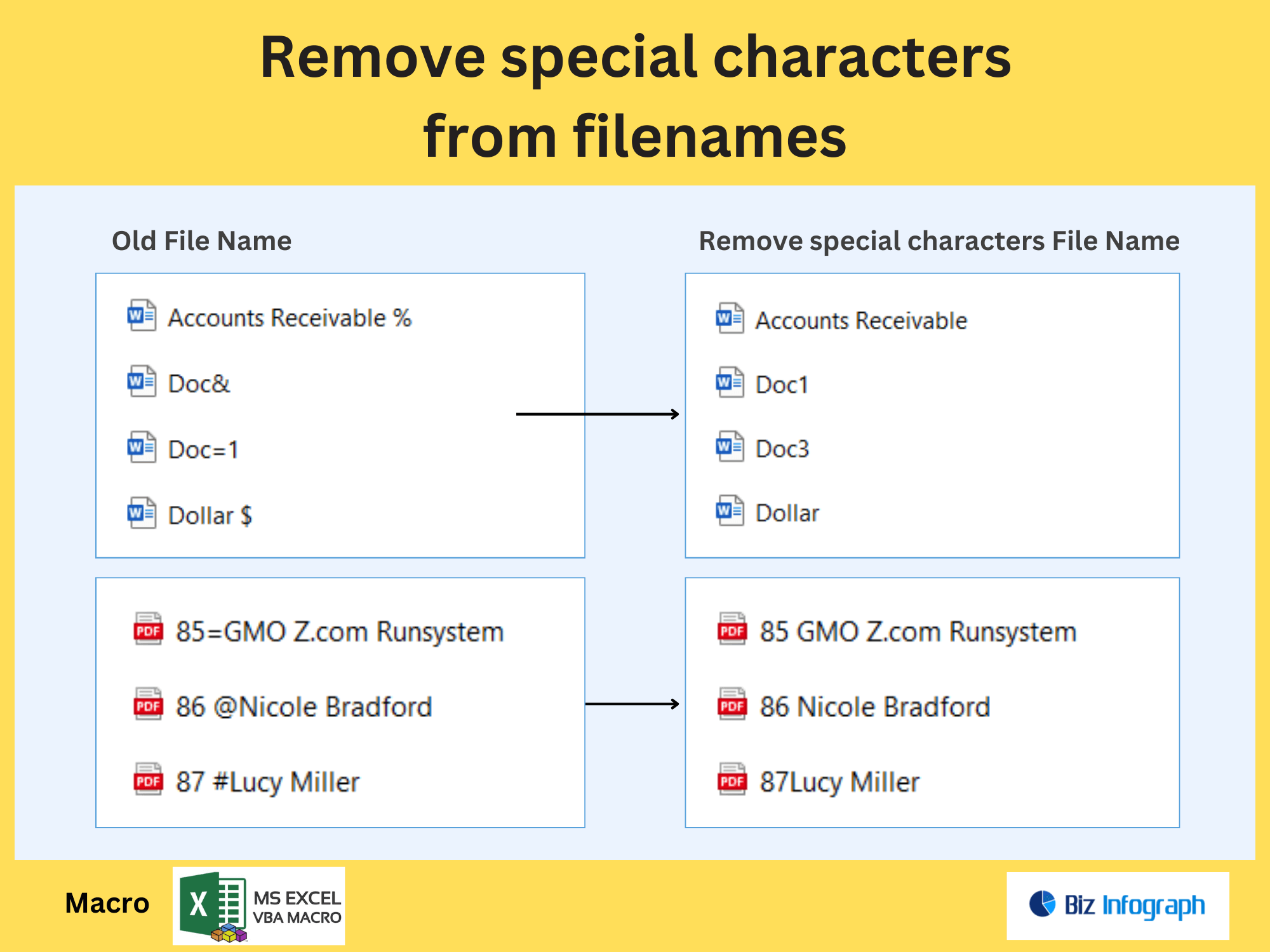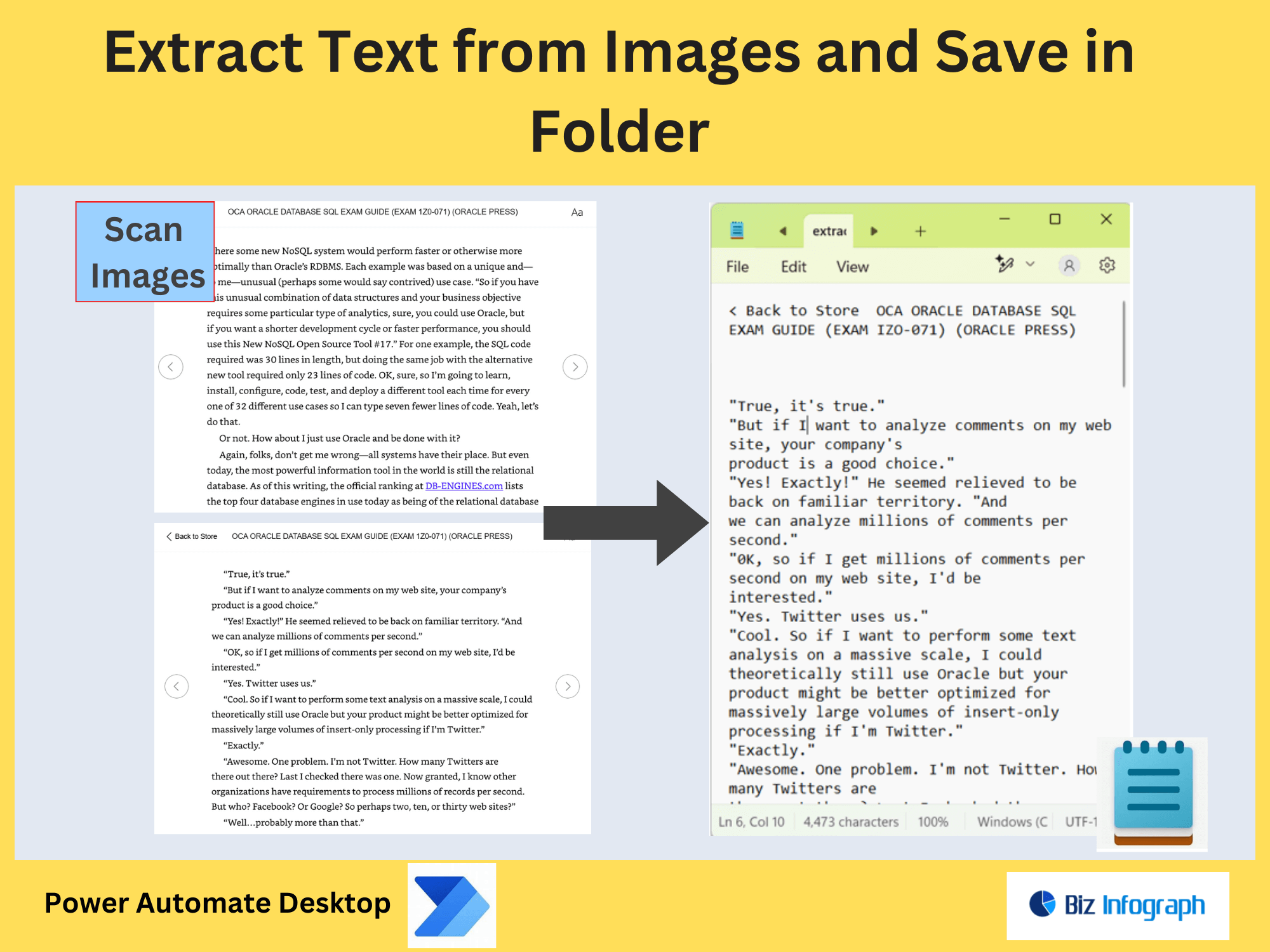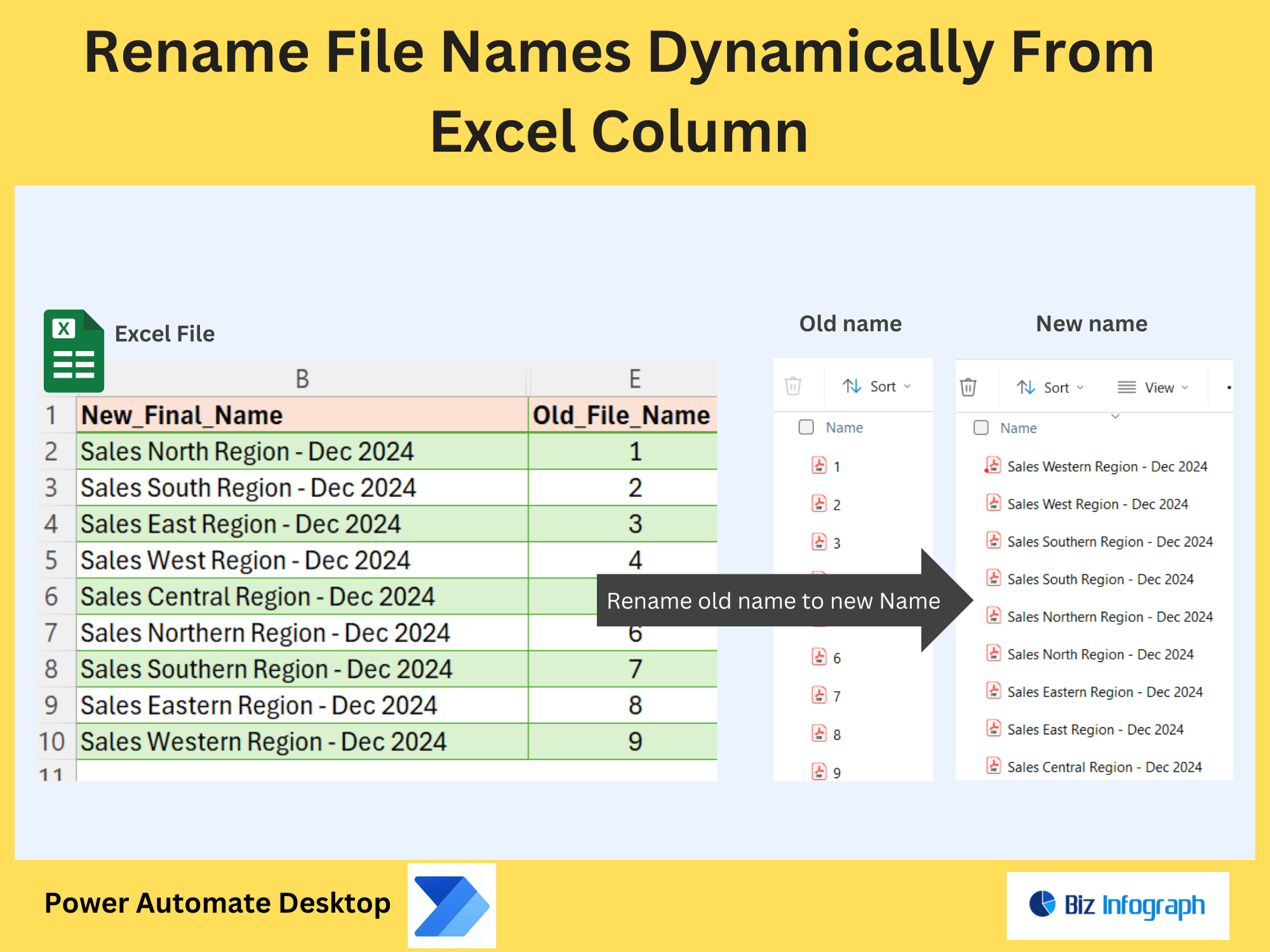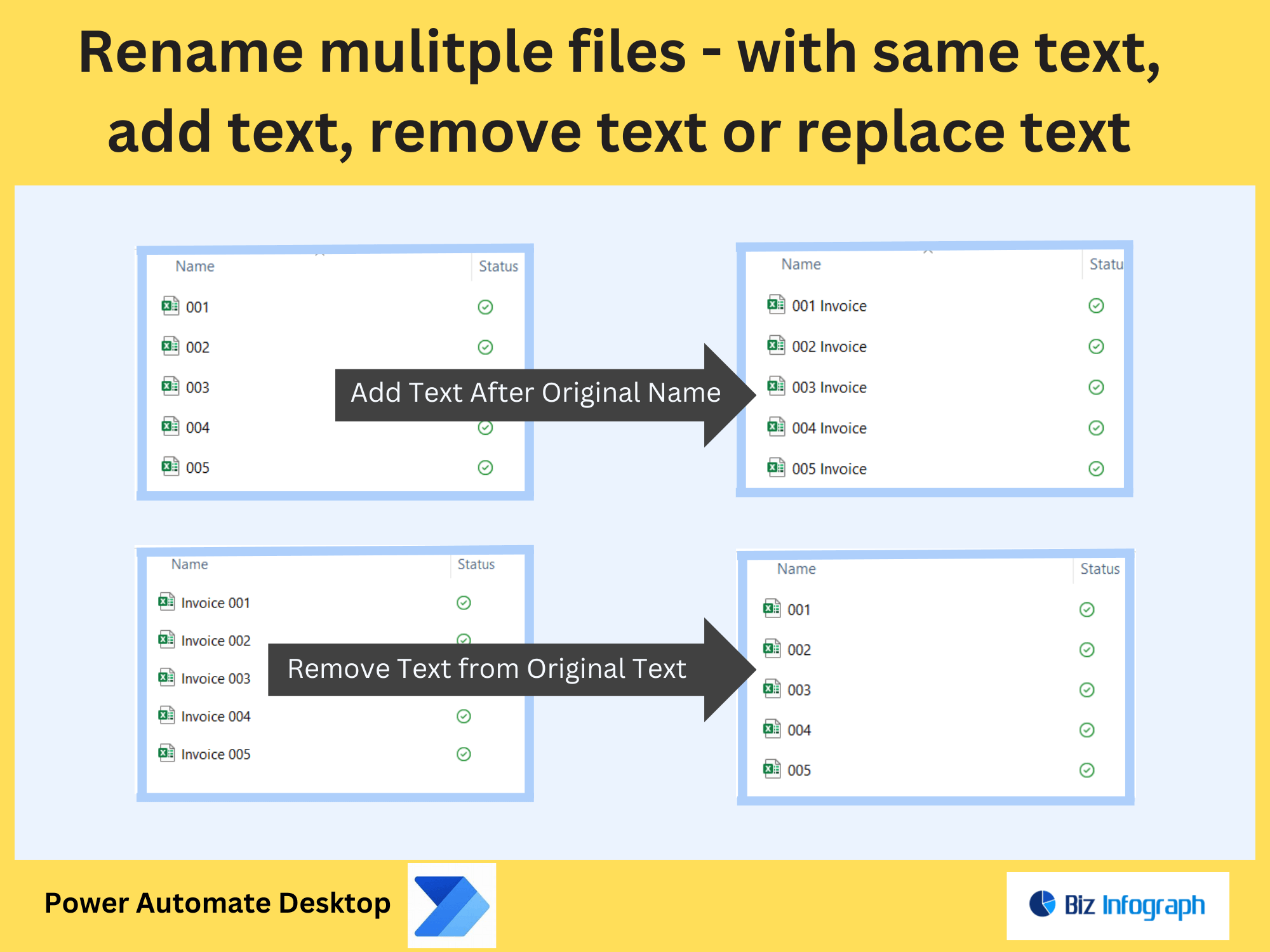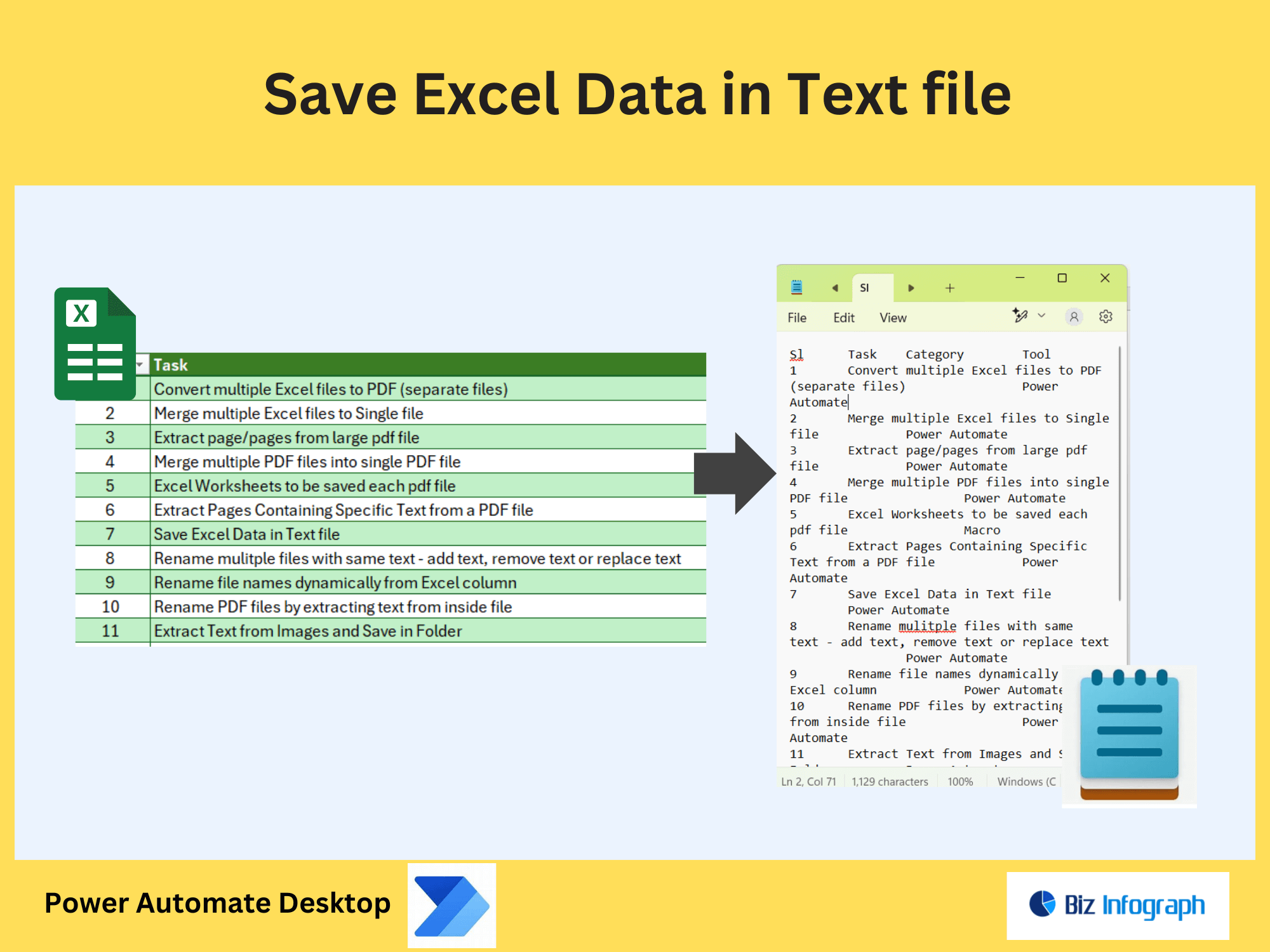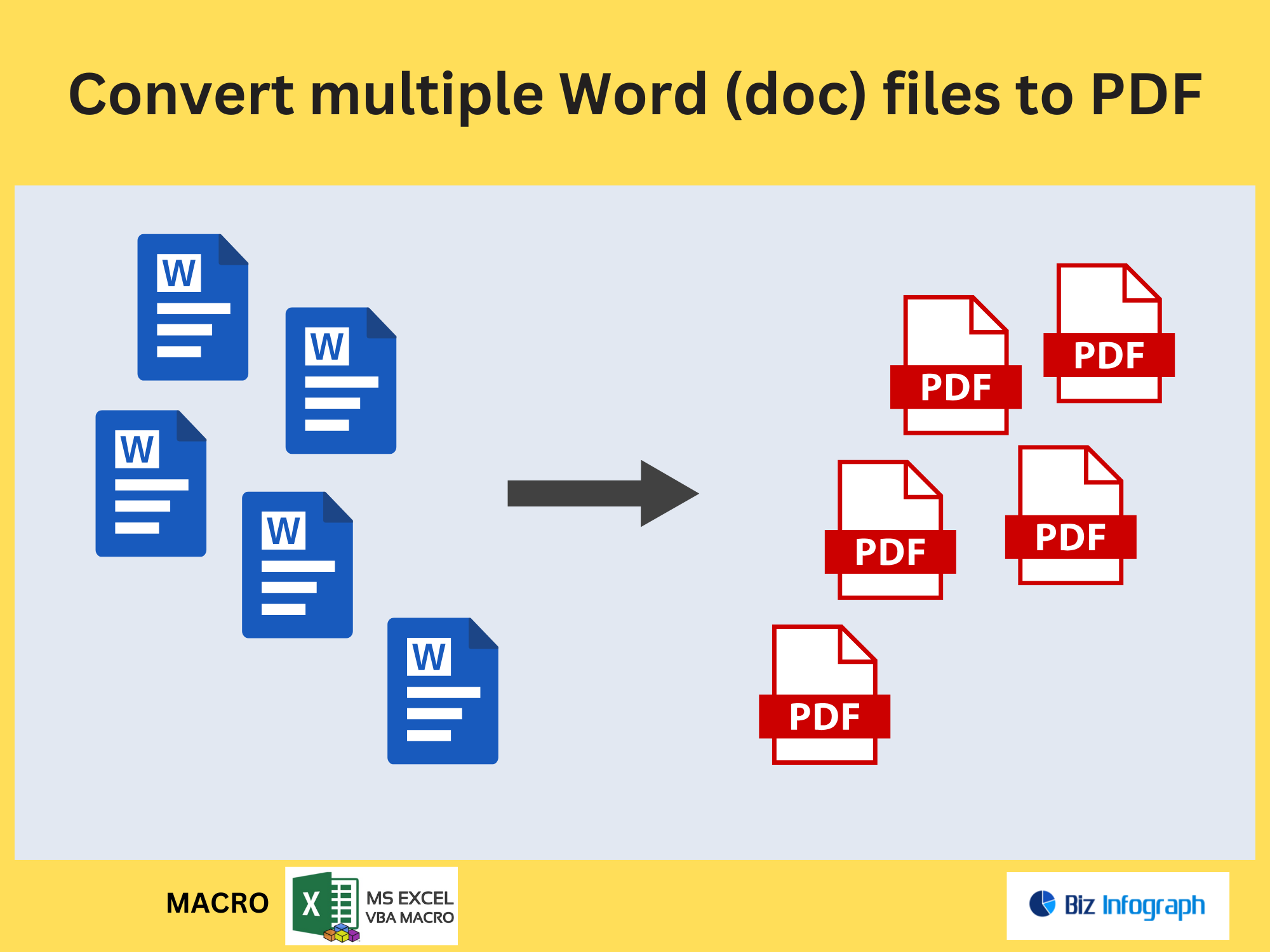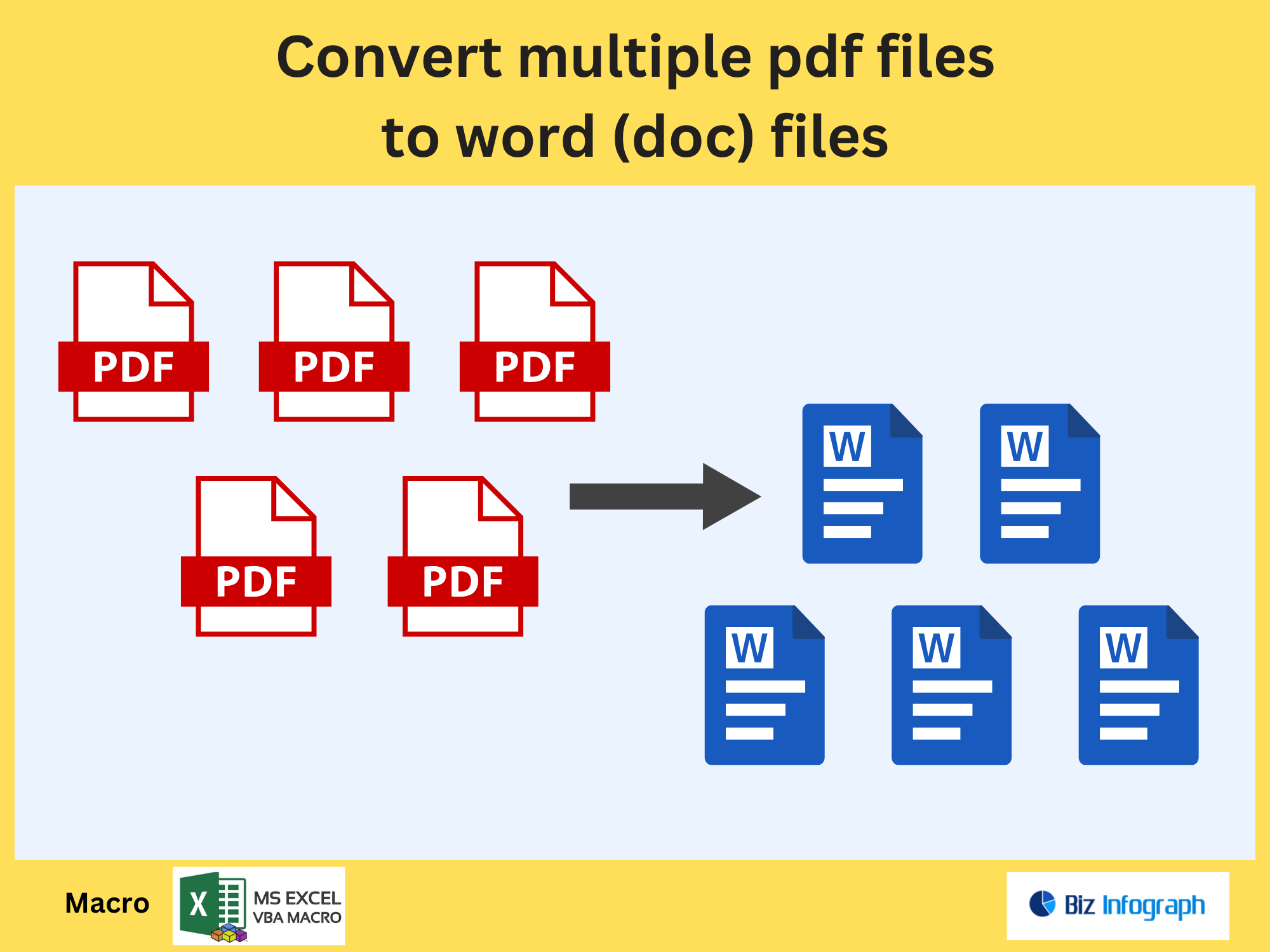PDF file by Power Automate.
Why Merge PDF Files Using Power Automate?
The Need to Merge PDF Files Efficiently
In today’s digital workflows, the need to merge multiple PDF files into a single document is common, especially when dealing with multiple PDF documents such as reports, invoices, or contracts. Manually combining these files can be time-consuming and prone to errors. Tools like Power Automate (formerly Microsoft Flow) offer a seamless solution to automate the process, saving time and ensuring accuracy. Whether you’re working with SharePoint, OneDrive, or Dropbox, Power Automate allows you to combine and merge multiple PDF files effortlessly. This automation is particularly useful for businesses that frequently handle email attachments or need to consolidate files into a single PDF for easier sharing and storage.
Benefits of Automating PDF Merging with Power Automate
Automating the process of merging PDF files using Power Automate offers numerous benefits. First, it eliminates the need for manual intervention, reducing the risk of errors and saving valuable time. By leveraging actions like “Get File Content” and “Append to Array Variable”, you can seamlessly combine multiple PDF documents into one. Power Automate also integrates with platforms like SharePoint and OneDrive for Business, making it easy to access and merge files stored in these locations. Additionally, the ability to initialize variables and use array variables ensures a streamlined workflow. This automation is ideal for businesses looking to enhance productivity and improve file management processes.
How to Merge PDF Files with Power Automate
Setting Up Power Automate for PDF Merging
To begin merging multiple PDF files using Power Automate, you first need to set up a workflow. Start by creating a new flow and selecting a trigger, such as when files are added to a specific folder in SharePoint or OneDrive. Use the “List Files in Folder” action to retrieve the files you want to combine. Next, initialize a variable to store the file content and use the “Get File Content Using Path” action to extract the content of each PDF. By leveraging these actions, you can automate the process of merging files, ensuring that all multiple files into a single PDF are combined accurately and efficiently.
Using SharePoint to Merge PDF Files
SharePoint is a powerful platform for managing documents, and integrating it with Power Automate makes merging PDF files even easier. Start by selecting the SharePoint connector and choosing the document library where your files are stored. Use the “Get Files” action to retrieve the PDFs you want to merge. Then, initialize an array variable to store the file content and use the “Append to Array Variable” action to add each file’s content to the array. Finally, use the “Create File” action to generate a new PDF that combines all the files. This method ensures that your merge multiple files workflow is seamless and efficient.
Step-by-Step Guide to Merge PDF Files
Initialize Variables and Get File Content
The first step in merging multiple PDF files is to initialize variables in Power Automate. Create an array variable to store the content of the PDFs you want to merge. Use the “Get File Content Using Path” action to extract the content of each file. This action retrieves the file content based on the file path and stores it in the array variable. By repeating this process for each file, you can ensure that all multiple PDF documents are ready to be combined. This step is crucial for setting up the workflow and ensuring that the merging process runs smoothly.
Append and Format PDF Files into a Single Document
Once the file content is stored in the array variable, the next step is to append and format the PDF files into a single document. Use the “Append to Array Variable” action to add each file’s content to the array. Then, use the “Create File” action to generate a new PDF that combines all the files. Power Automate allows you to specify the file name and location for the merged document, ensuring that it is saved in the desired folder. This step ensures that all files into a single PDF are combined accurately and efficiently, providing a seamless solution for merging multiple PDF files.
Additional Resources and Next Steps
Exploring Advanced Features in Power Automate
Once you’ve mastered the basics of merging PDF files, you can explore advanced features in Microsoft Power Automate to further enhance your workflows. For example, you can use Logic Apps or Azure integrations to handle more complex scenarios. Additionally, you can leverage Power Apps to create custom interfaces for your workflows, making it easier to drag and drop files and initiate the merging process. By exploring these advanced features, you can unlock the full potential of Power Automate and streamline your file management processes even further.
Integrating Power Apps for Enhanced PDF Management
Integrating Power Apps with Power Automate offers a powerful solution for managing PDF files. With Power Apps, you can create custom interfaces that allow users to drag and drop files and initiate workflows with a single click. For example, you can build an app that lets users select multiple PDF files from OneDrive for Business or SharePoint and merge them into a single document. This integration not only enhances user experience but also ensures that your workflows are more efficient and user-friendly. By combining the capabilities of Power Automate and Power Apps, you can take your PDF management processes to the next level.
Next Steps and Additional Resources
After successfully merging PDF files using Microsoft Power Automate, consider exploring additional resources to further optimize your workflows. Platforms like GitHub offer templates and guides for advanced automation scenarios. You can also seek technical support from Microsoft or community forums to troubleshoot any issues. Additionally, consider experimenting with other actions like “Apply to Each” or “Increment Variable” to handle more complex workflows. By taking these next steps, you can continue to improve your automation skills and make the most of Power Automate for all your file management needs.
For ready-to-use Dashboard Templates:
- Financial Dashboards
- Sales Dashboards
- HR Dashboards
- Data Visualization Charts
- Power BI - Biz Infograph
